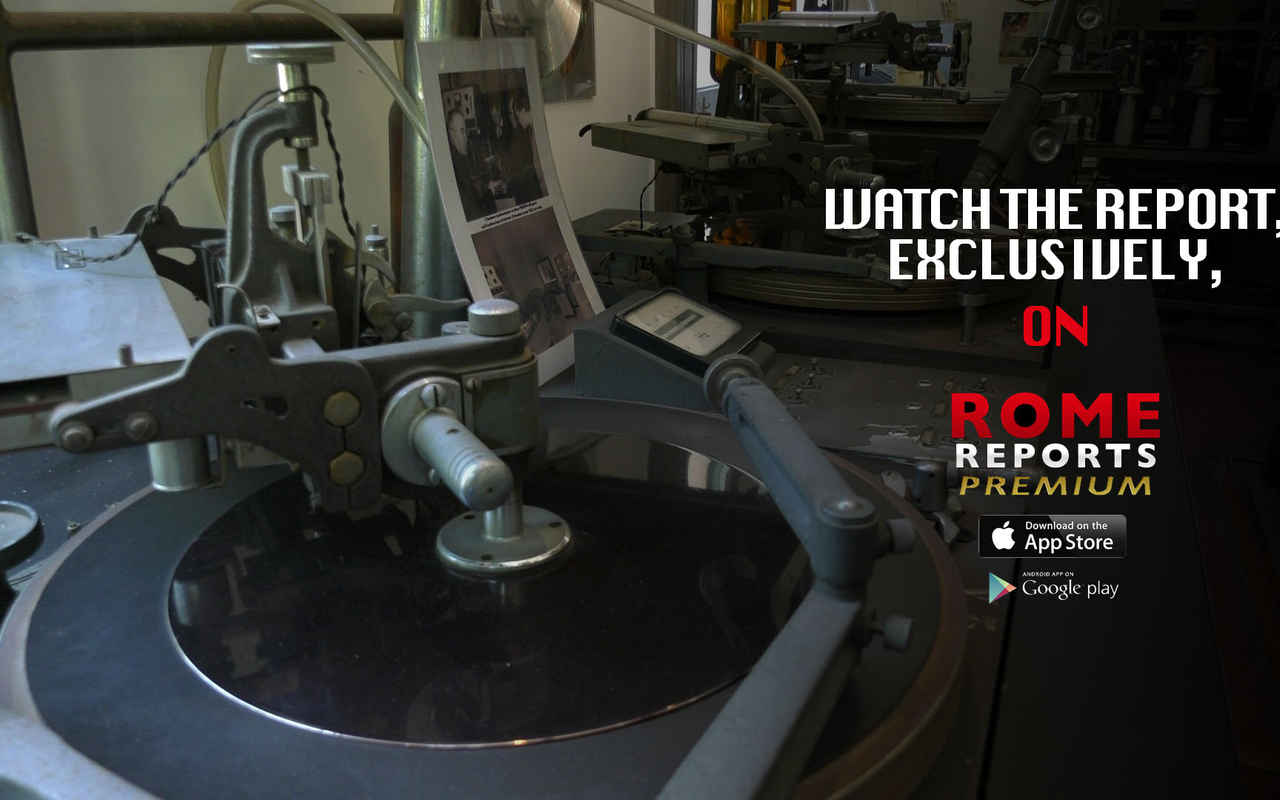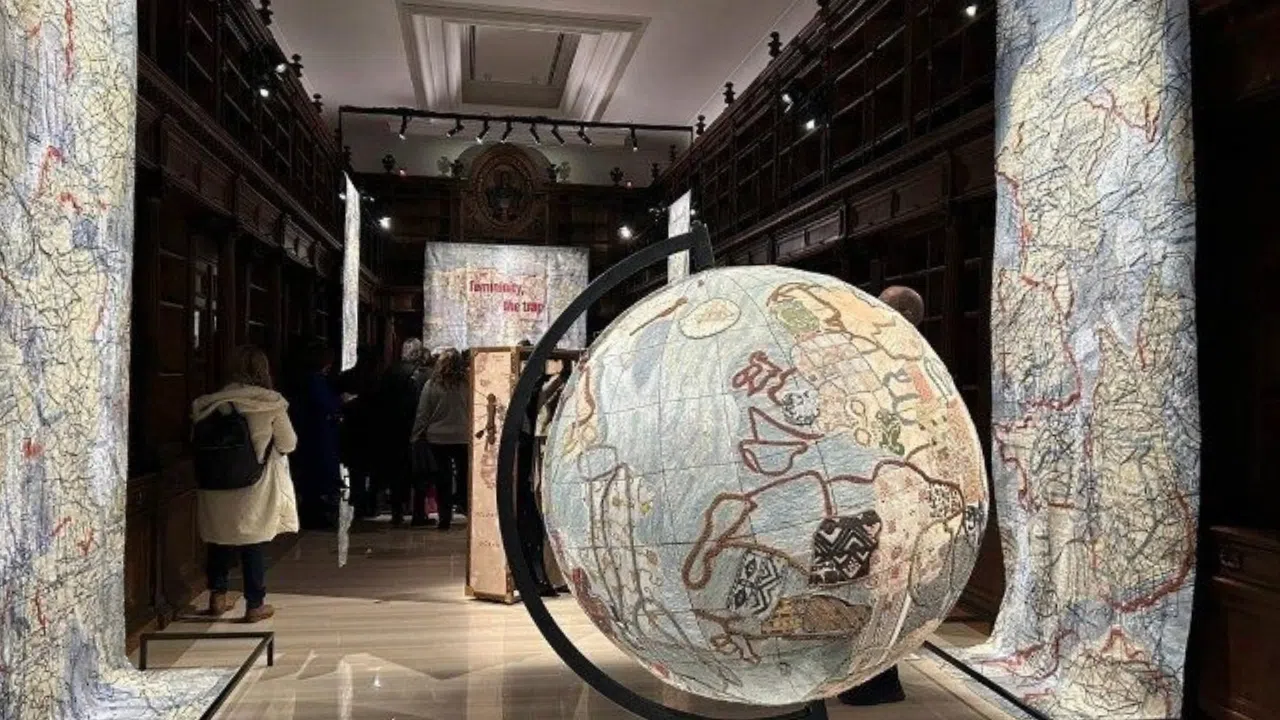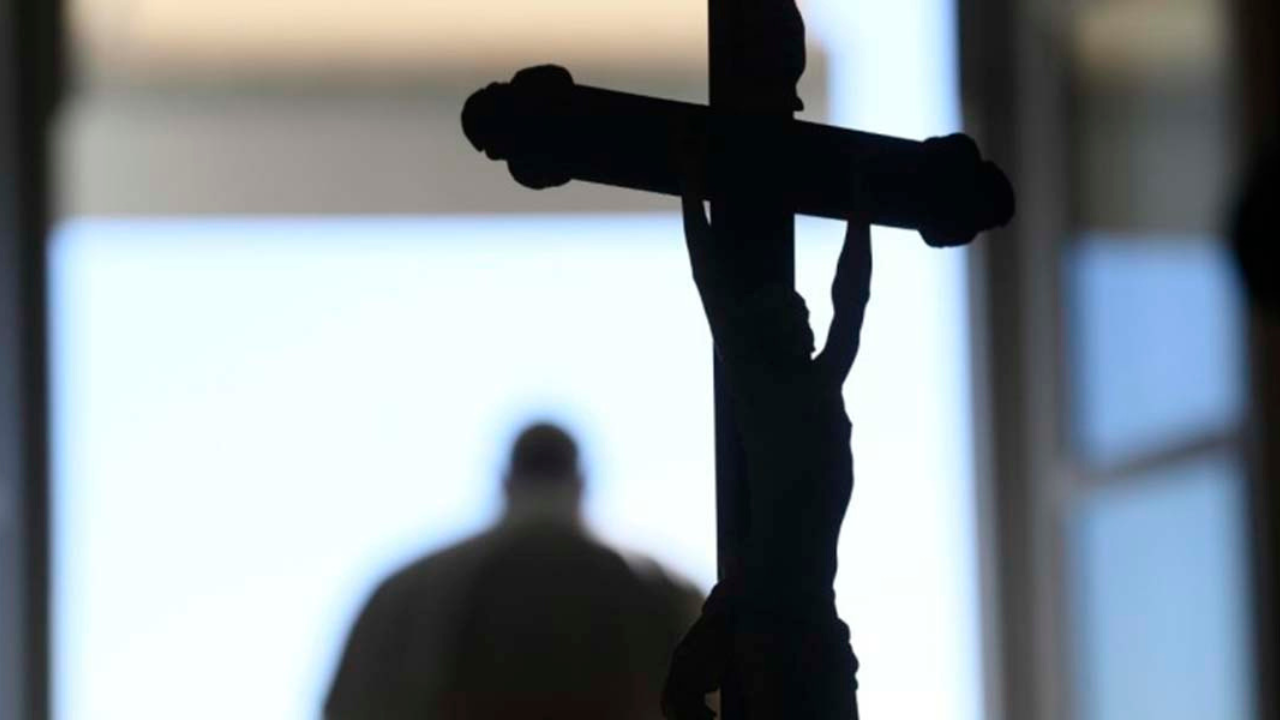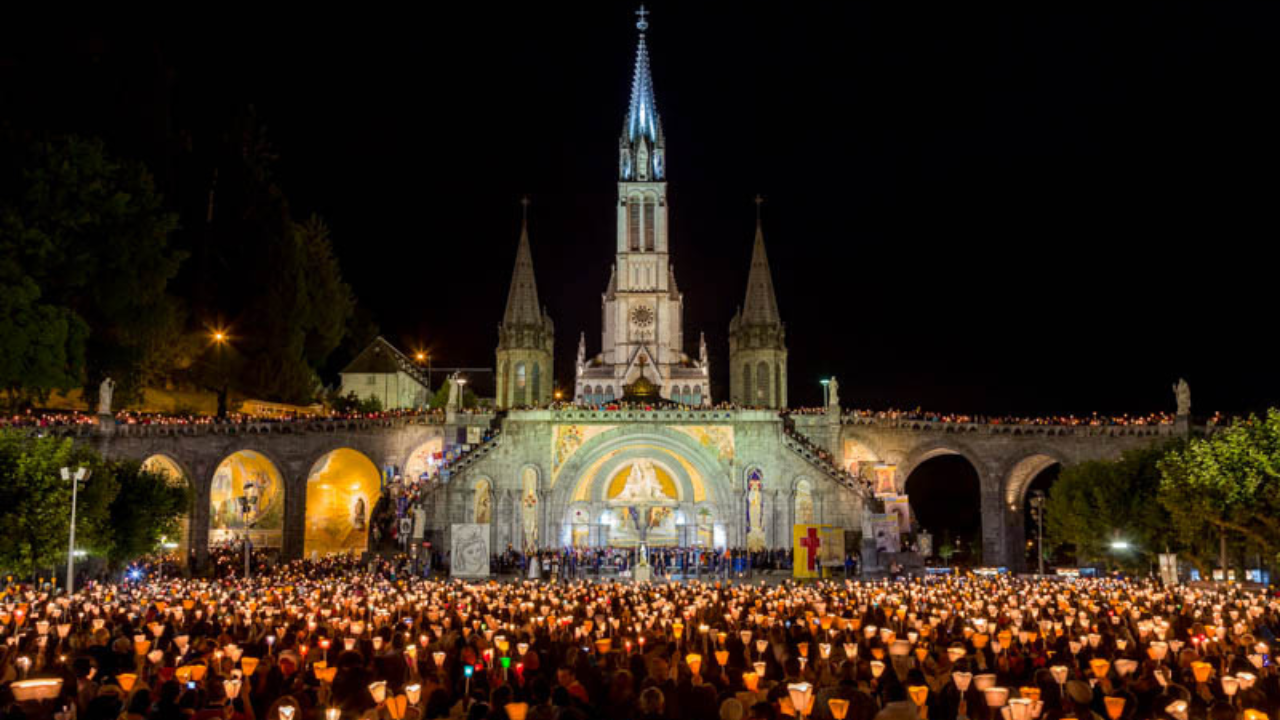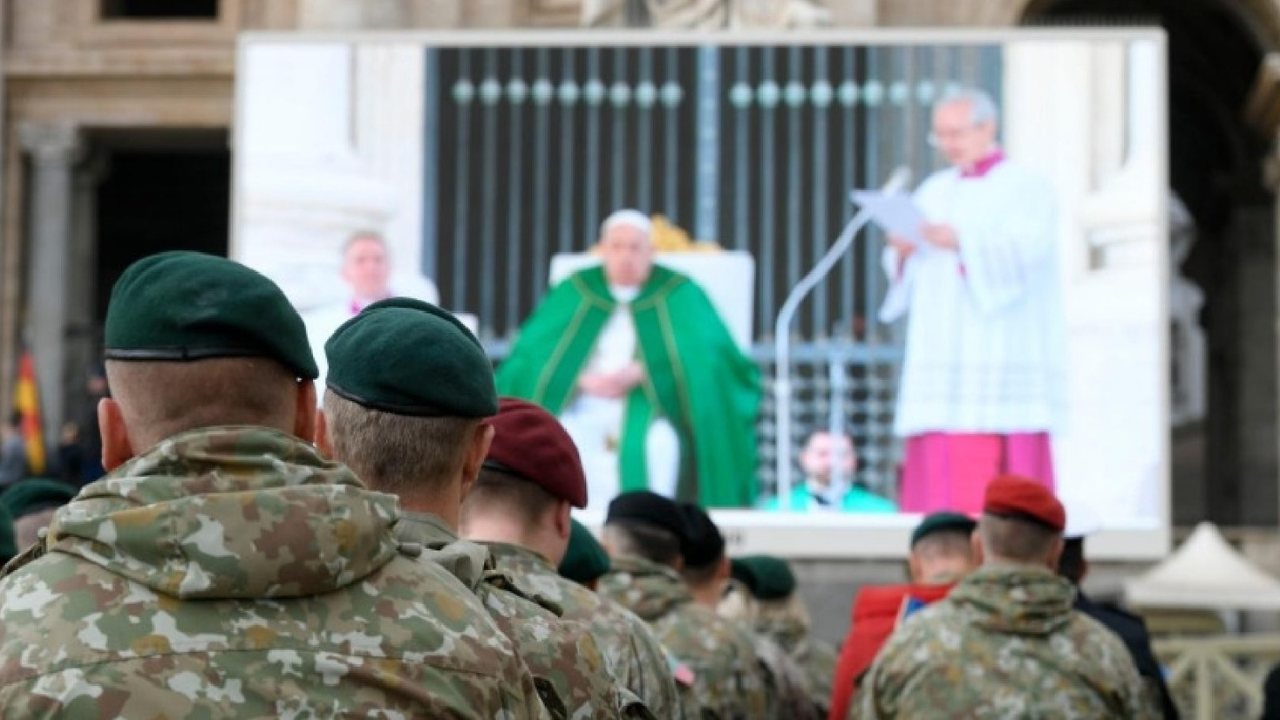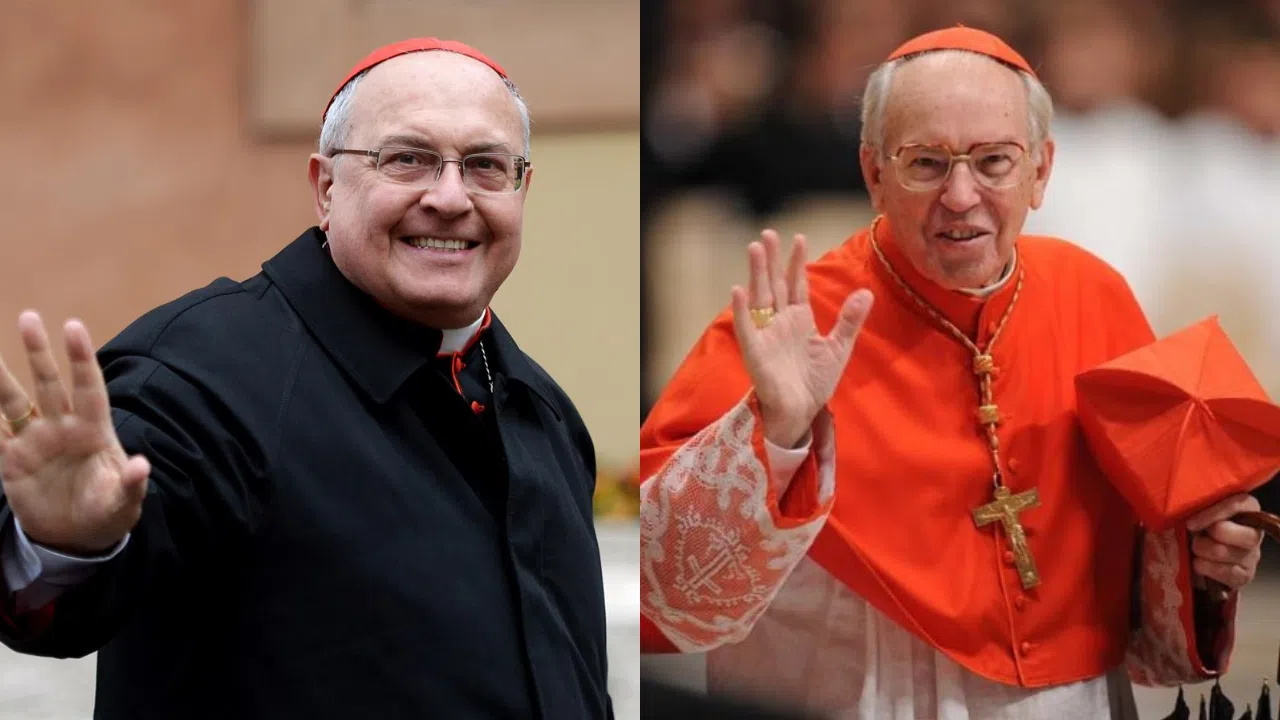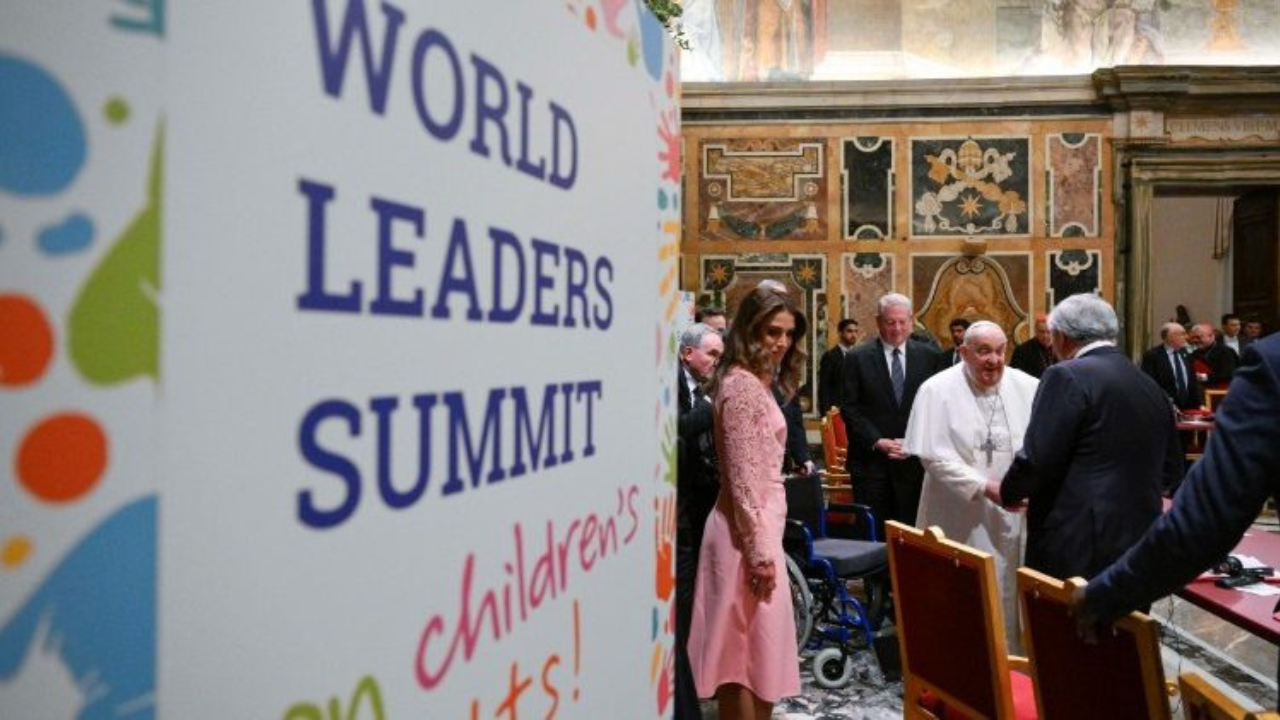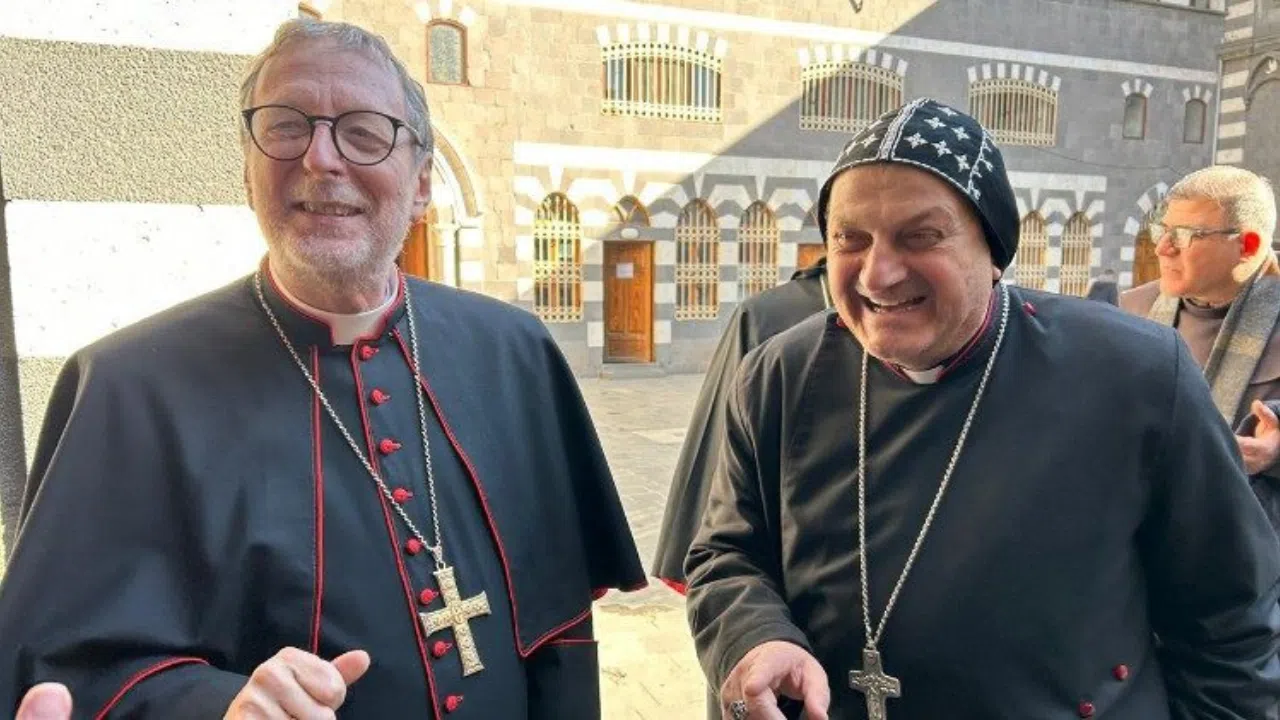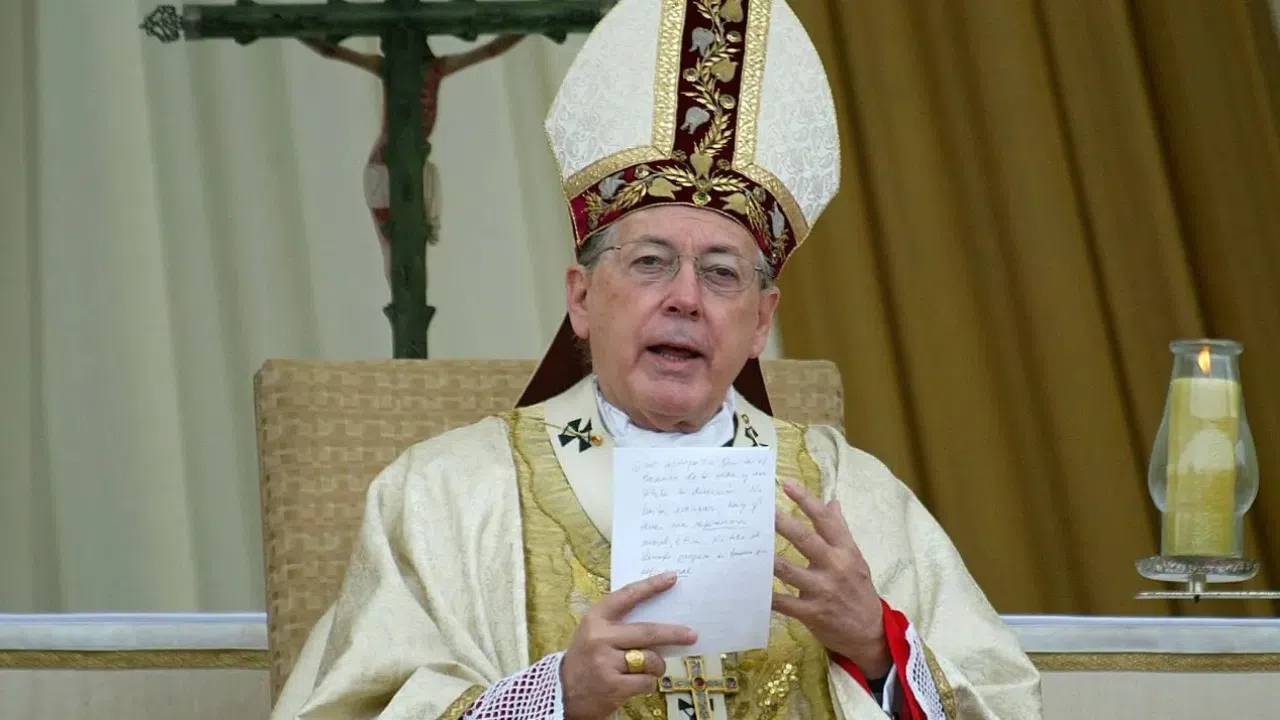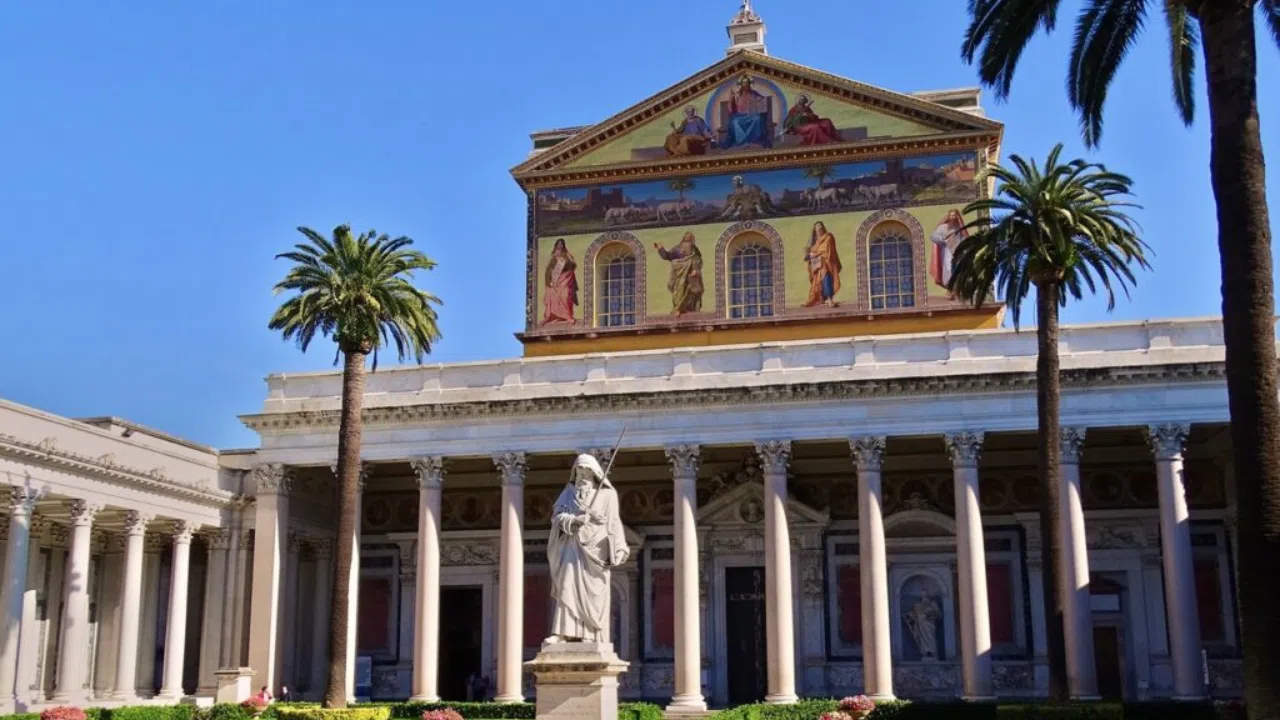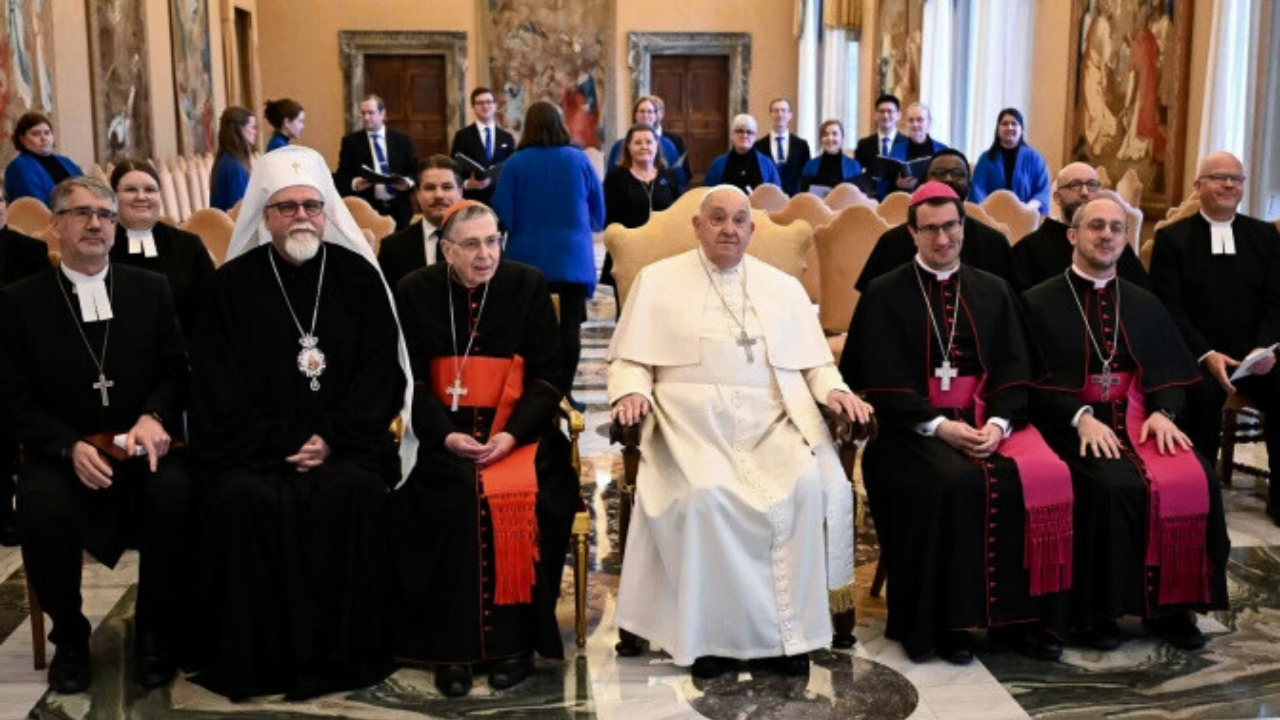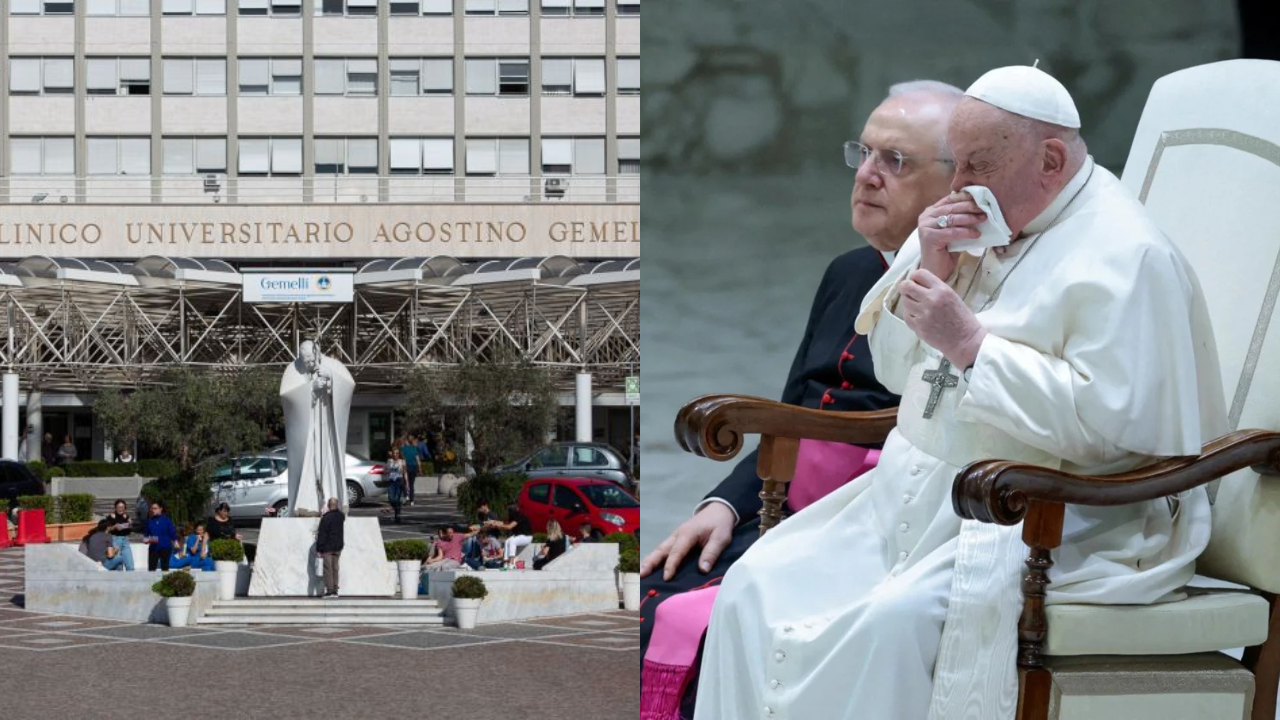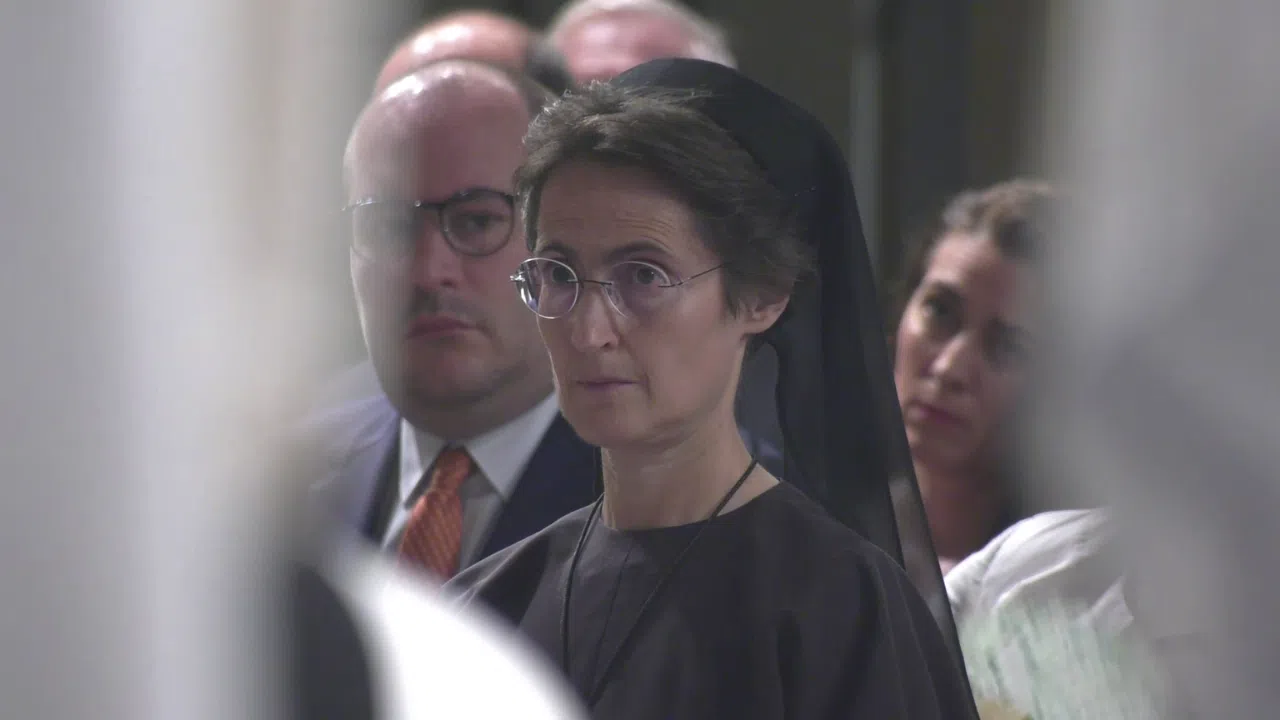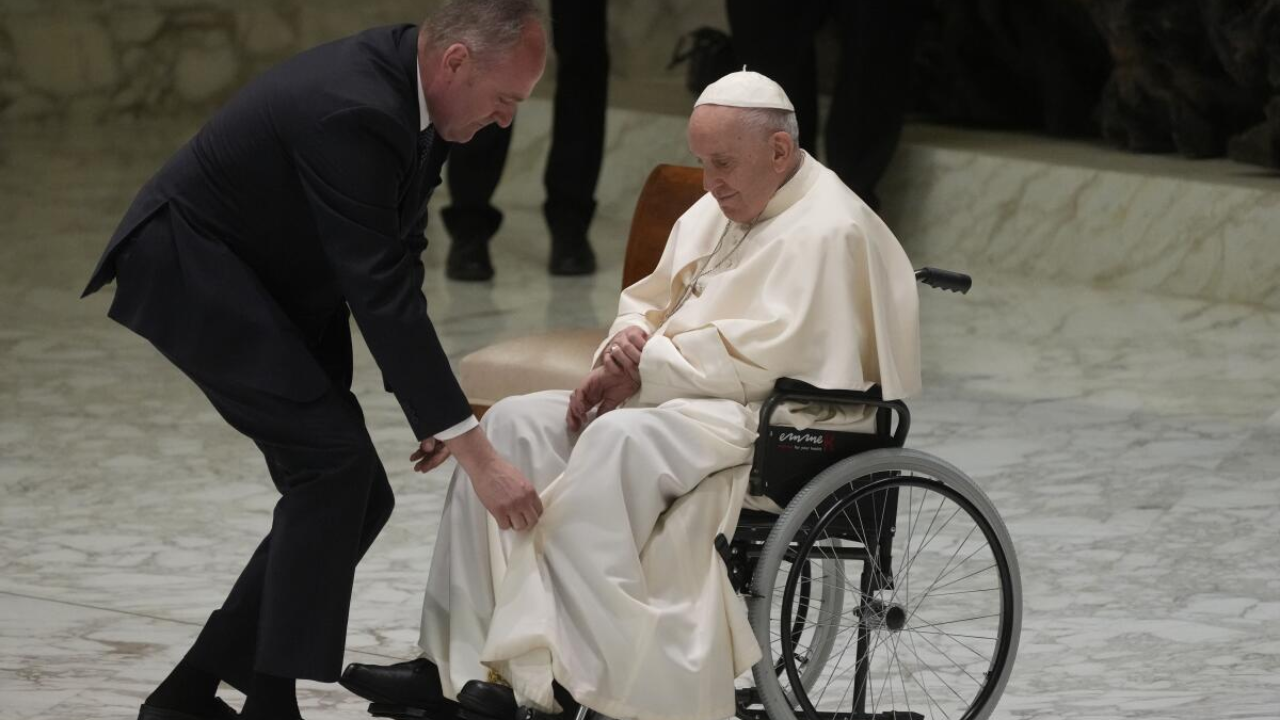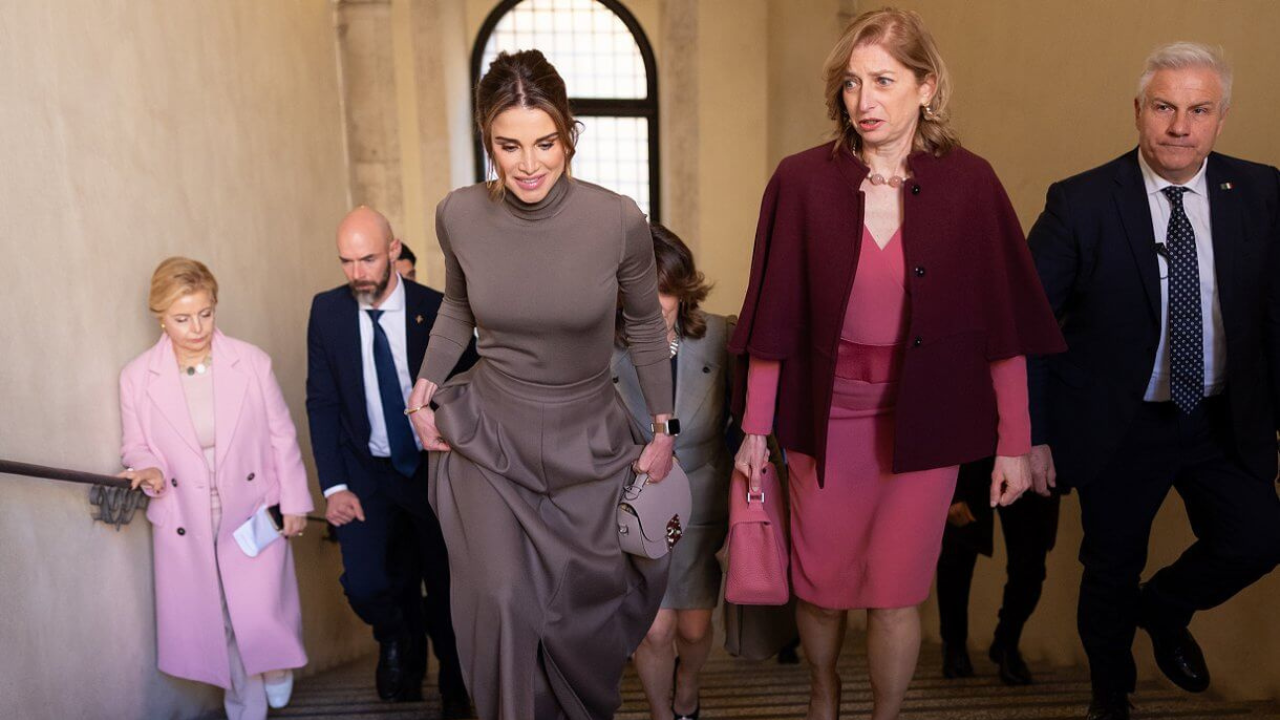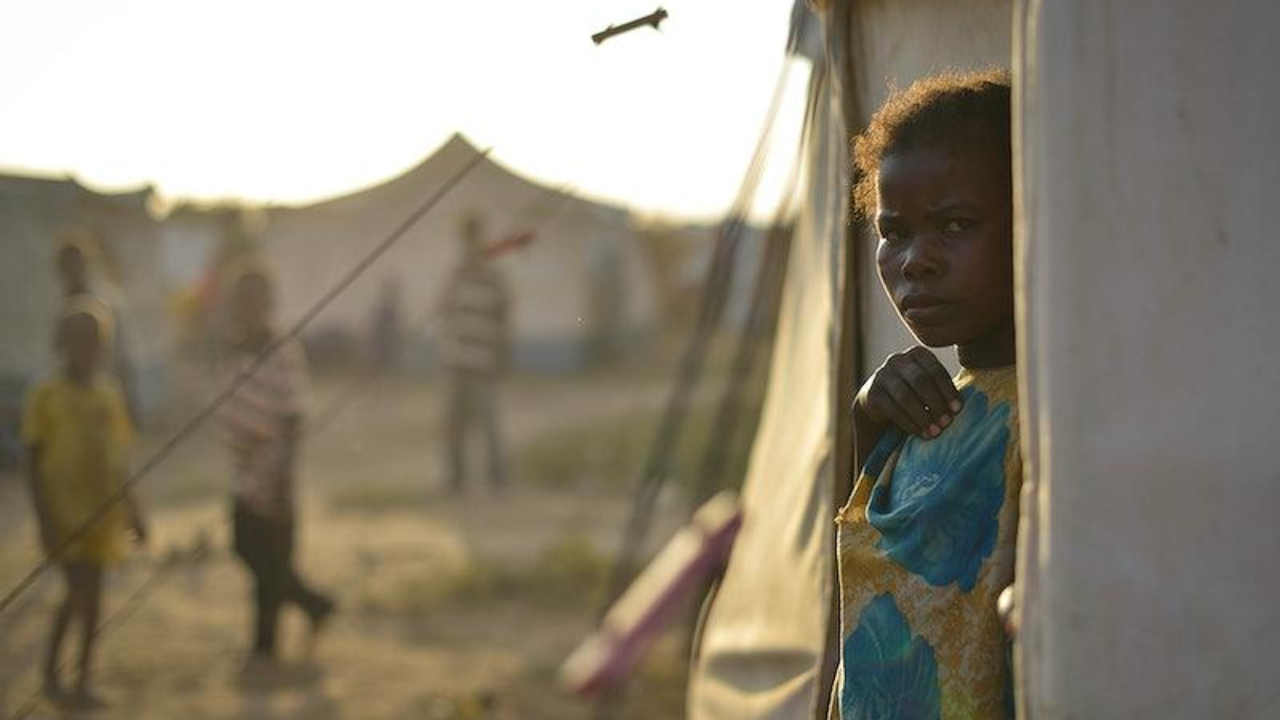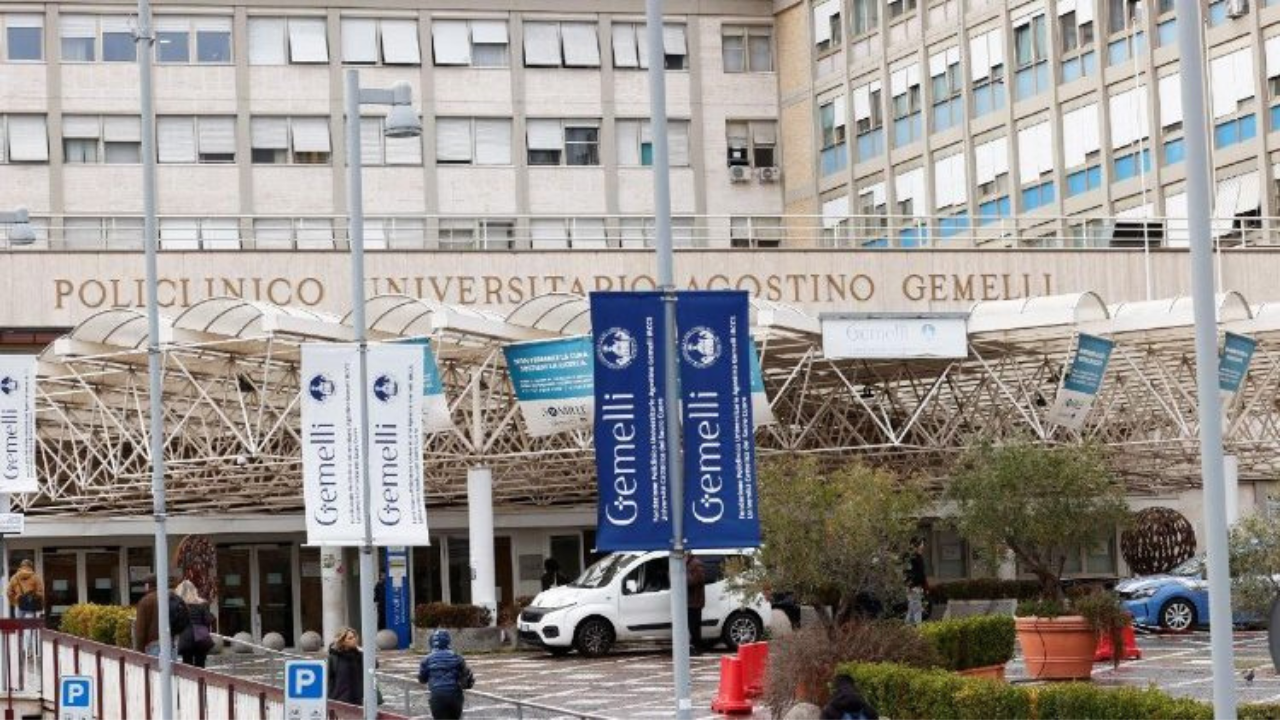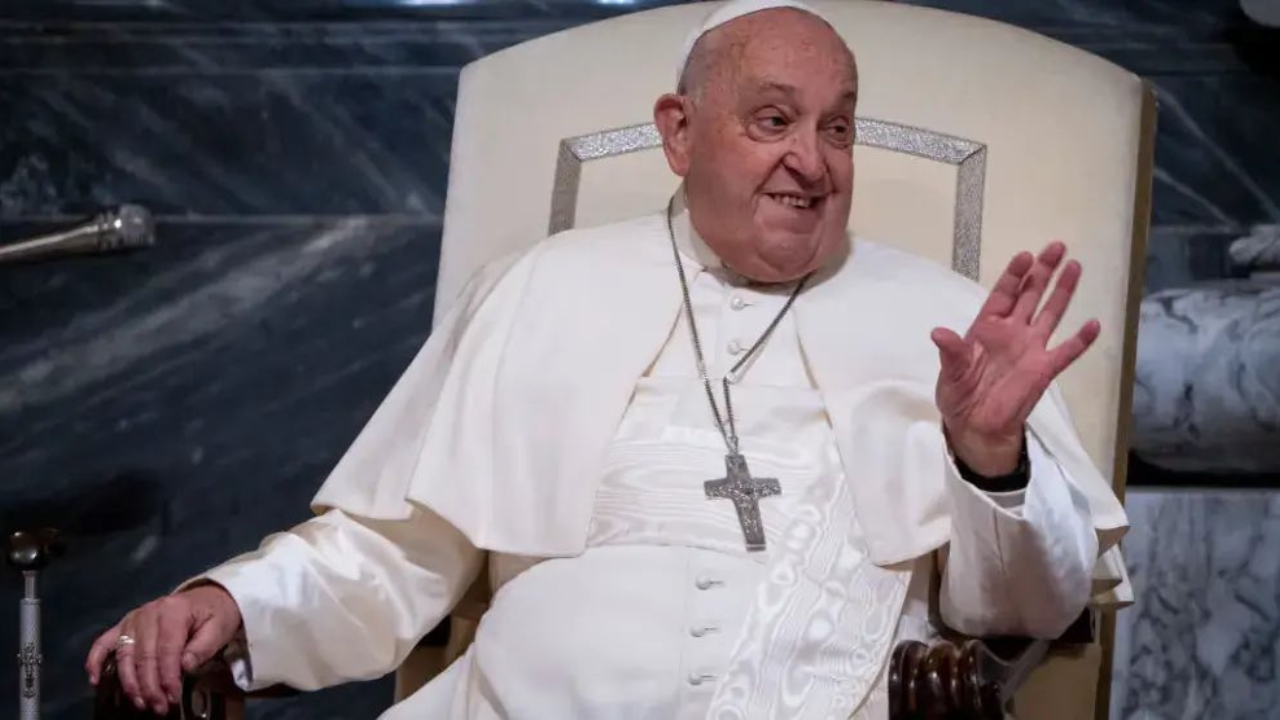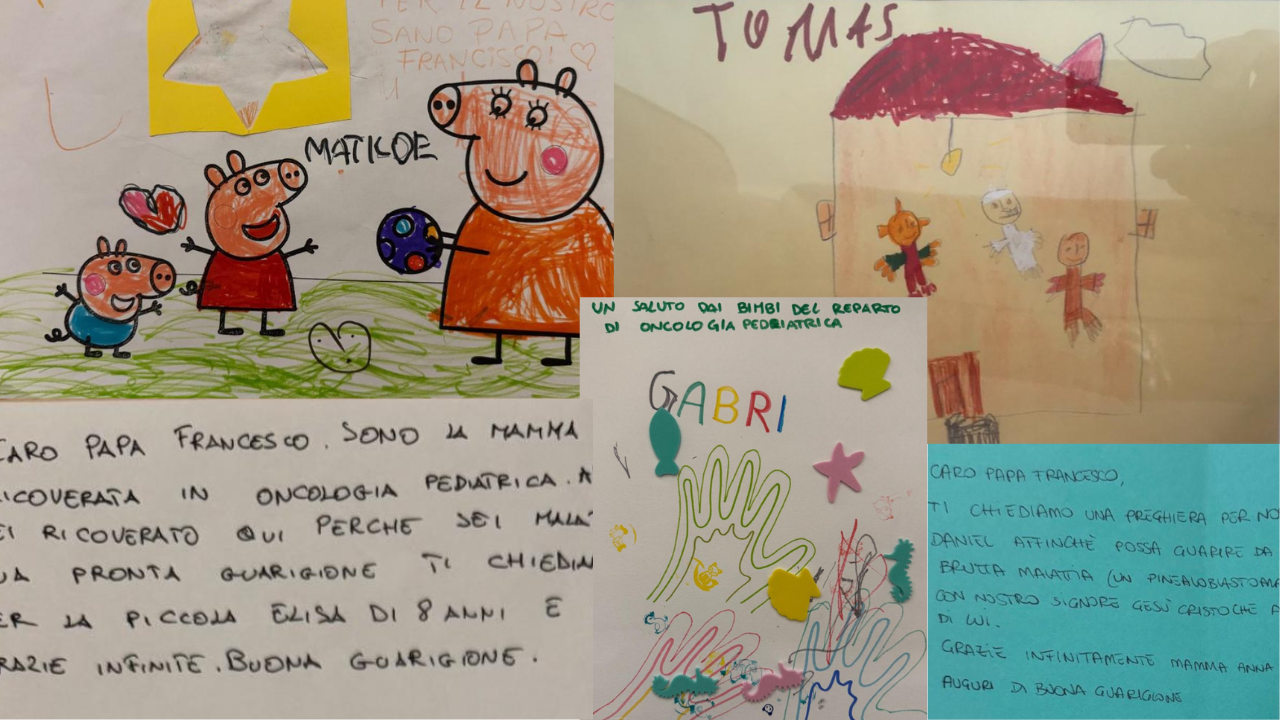Watch the full report on Rome Reports Premium:
While most know about the Vatican Museums, very few know another museum lies within Vatican walls, that of Vatican Radio, dating back to 1929.
It was built by Guglielmo Marconi for Pope Pius XI, as a way to get the pope's voice out to the world. Still today, the historical evidence of the early beginnings remain intact, cared for by Vatican Radio staff, like Giorgio Patassini.
Giorgio Patassini explained many of the objects, like the microphone Pope Pius XI used to make his very first radio transmission.
This is just one object among many found within this small museum.
GIORGIO PATASSINI
Collaborator Vatican Radio
“Here we find some Vatican Radio transmitters by Marconi on my left and telephones to my right. For Marconi, particularly, it was important because it worked throughout the World War II period and also served to send messages to search for people.”
These searches were through a program that helped find people who had been lost during the war. Vatican Radio would then say if someone was a prisoner in India or in the United States.
They were possible since the radio was and still is independent. So while other stations around the world were silenced during the Cold War or World War II, the Vatican's voice continued.
When the Holy See's radio first began, it was transmitted in English, Spanish, Italian and French. Marconi worked mainly in Italian and English, conducting experiments and growing the radio capabilities within the Vatican.
One example was his attempt to see how a telegraphic signal could be transmitted.
GIORGIO PATASSINI
Collaborator Vatican Radio
“His main idea was to equip this machine with an antenna in order to remove this physical connection. He did it in 1895. The first experiment was completed by ringing one of two bells 2.5 miles apart. Then his brother at the other bell fired the historical rifle shot, so he understood the bell had rung and the experiment worked. From this date on, radio broadcasting and radio telegraphy began.”
Marconi had created the first commercial wireless telegraphy system of radio transmission, done through Hertzian waves. However, after World War I, a change occurred.
GIORGIO PATASSINI
Collaborator Vatican Radio
“After the First World War, experiments were carried out to transmit voice. At that point, instead of being more bidirectional, between a receiver and a transmitter; it became unidirectional. So the signal could be launched in ether, depending on certain directions and forms. Whoever had a machine could hear it, so it no longer had to be two-way.”
This was also done with huge antennae, sized according to the range of frequencies the radio station was using.
The International Telecommunication Union in Geneva then coordinated all of them, so each station had optimal frequency. The Holy See was part of that group.
Over the years, the Vatican's antenna has changed to adapt and include different countries and longer frequencies.
GIORGIO PATASSINI
Collaborator Vatican Radio
“Obviously the era began with shortwave, then transmission changed with new technology. We went ahead with frequency modulation, with satellites, and with the internet of course, where we now do the most.”
Patassini says this museum serves to help remember how far radio has come. From the early days with large equipment and buttons, to radios and phonographs. It's a way thank the person who started it all, and keep his legacy alive for future generations.
Melissa Butz
